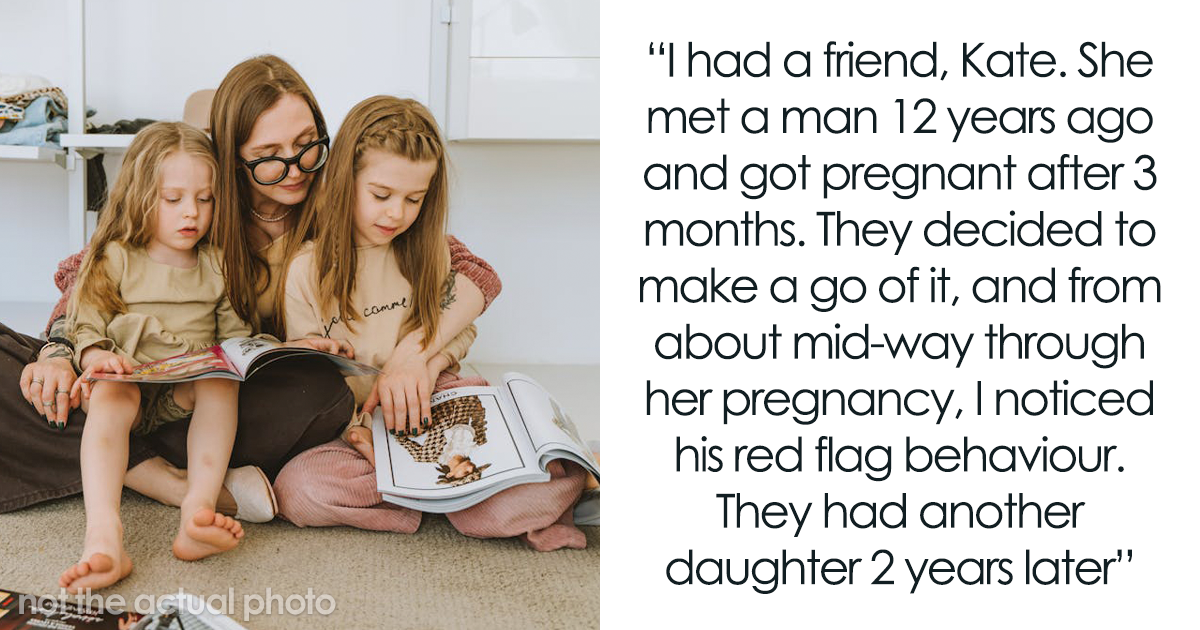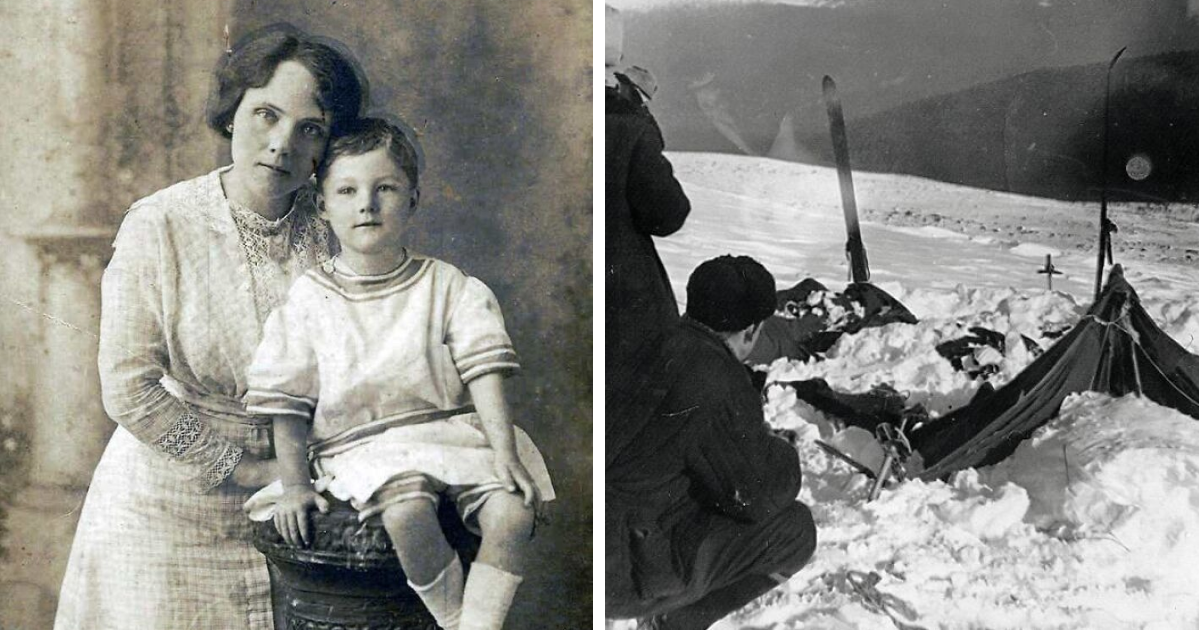I Cut Off My Friend for Staying in an Abusive Marriage—Was I Wrong?
This is why leaving is “often the most dangerous period of time for survivors of abuse.” Aside from the physical risks, some survivors may choose to stay in the relationship because of:
- Fear of their partner or concern for their ability to be independent
- Growing up in a context where abuse was ‘normalized’ and not being able to recognize unhealthy behaviors
- Shame of having been mistreated
- Intimidation from their partner
- Low self-esteem and blaming themselves for their partner’s horrible behavior
- Lack of resources
- Disability
- Cultural context
- Children
- Love
Abuse isn’t just physical or emotional. There are other types of dangerous and controlling behaviors, too
According to Women Against Abuse, there are many different types of abuse, ranging from physical and emotional to sexual, technological, and even financial.
The most commonly recognized form of abuse—physical—takes the form of a person hitting, strangling, burning, and otherwise harming their partner. They might also damage their property, refuse them medical care, and force them to abuse substances.
Emotional abuse includes name-calling, insults, extreme jealousy, over-the-top blame, intimidation, shaming, isolation, humiliation, stalking, and controlling what the other person does, where they go, and who they meet.
Sexual violence revolves around power and can involve things ranging from human trafficking to harm, forced intimacy, and sabotaging birth control.
Technological abuse mainly focuses on using technology to control and stalk a person, such as monitoring their social media interactions, phone calls, and messages, tracking their devices, and demanding to know their passwords. Some abusers go as far as to hack into their partners’ emails and social media accounts.












